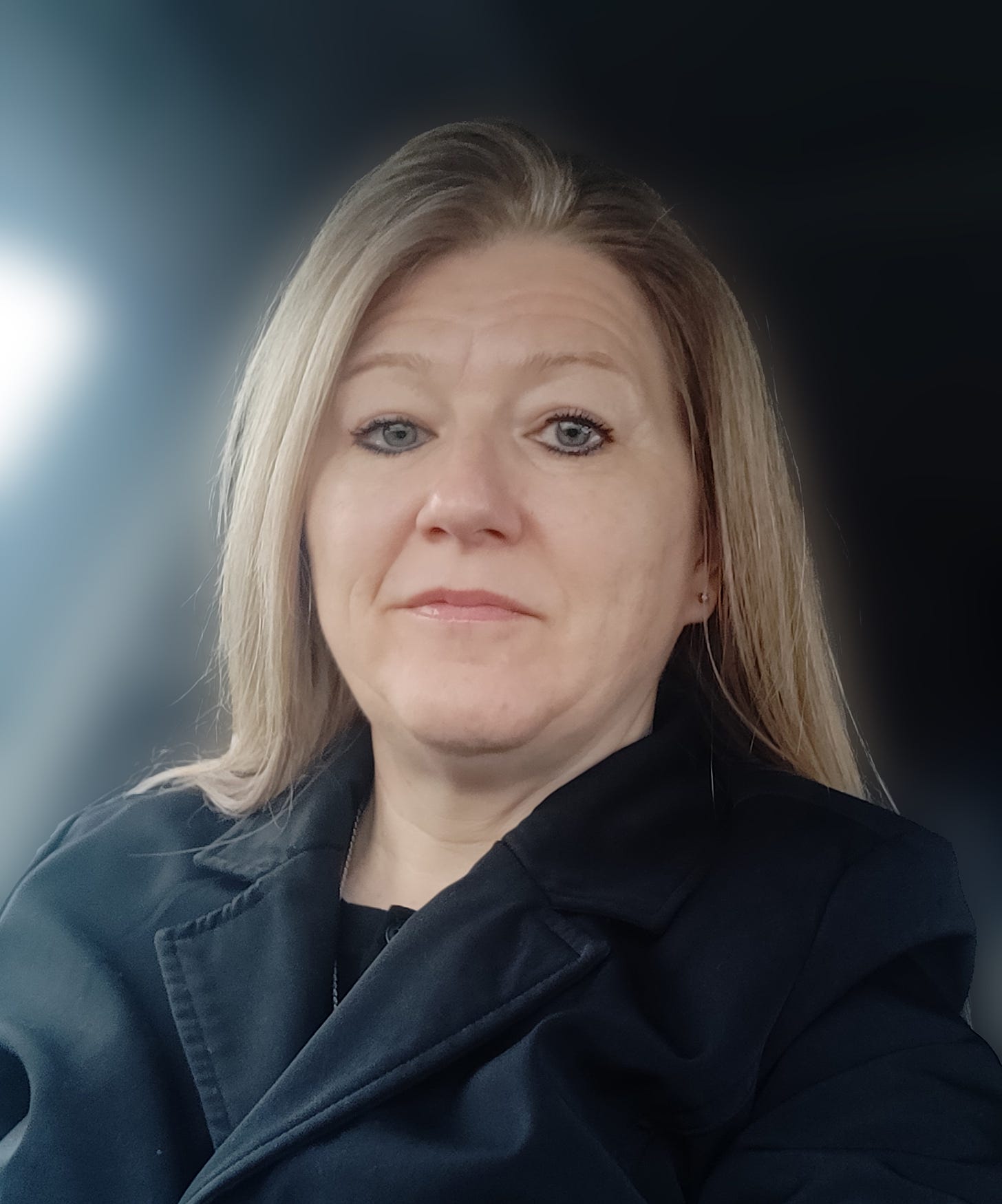VIEWPOINT | Want to improve student outcomes? Force schools to compete
Guest column by Amy Bruner
Arenas are large and expensive, flexible enough to house a variety of events. From football to basketball to gymnastics and others, arenas host events to meet the needs of a varied public. The arena best serves its communities when it provides an array of choices for citizens.
For the purposes of this writing, we’ll refer to the entire landscape of K-12 education as “The Arena.” And not just public education — but all means of K-12 education, including public schools, charter schools, private schools, home schooling and others. The Arena is home to all of these.
NEWS: Term-limited city councilor wants to make jump to Sioux Falls School Board
In a recent letter to the Greater Sioux Falls Chamber of Commerce, the Sioux Falls School District superintendent implored the business community to stand united in support of public education. But throughout the Sioux Falls community, there are hundreds of families who have chosen alternative education delivery for their children. Wouldn’t our community be better served by standing in support of education that results in the best student outcomes, no matter what delivery mechanism the family would choose — even if it isn’t the public school?
Families have many reasons for choosing alternative education delivery, including leaving a negative school environment, getting a higher quality education, improving social interactions, escaping bullying, battles over IEPs (Individualized Education Plans) and others. Whether they choose alternative education from the start or switch out of public schools later, these families have chosen to play a different game in the broader education Arena.
The attitude of the public schools in the past few years has been one of exclusivity. Those who administer public education benevolently purport to being the superior way of educating the community’s children, demanding to be the only recipient of taxpayer education dollars. And each year they demand more and more.
Until recently, the alternative schooling movement was not large enough to have much impact on the public school system. But in the past few years, thousands of families have decided they don't want to be part of the public education system. Approximately 25,000 South Dakota students are schooled by alternative mechanisms. In fact, home schooling numbers in our state have ballooned to more than 10,000 students, a 94 percent increase from 2017.
Keep reading with a 7-day free trial
Subscribe to The Dakota Scout to keep reading this post and get 7 days of free access to the full post archives.









